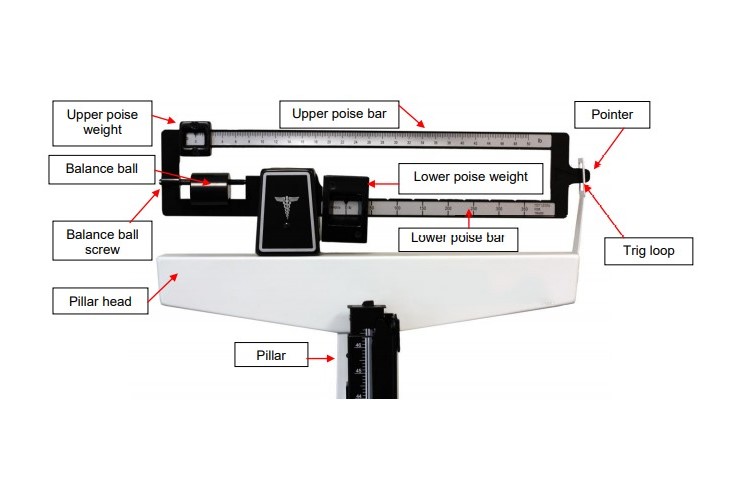Understanding the Differences
Balance Beam Scales vs. Electronic Scales
When it comes to measuring weight, the tools we use can vary significantly. Most people are familiar with electronic scales, often found in home bathrooms. However, balance beam scales, commonly used in medical settings, operate on an entirely different principle. While both types of scales serve the purpose of measurement, they differ greatly in theory, purpose, and style. Let’s delve into these differences to understand why and how each type functions.

The Main Difference
Balance beam scales and electronic scales serve similar yet distinctly different purposes. Balance beam scales measure mass with high precision, making them indispensable in medical and scientific settings. Electronic scales measure weight, offering convenience and ease of use, especially suited for home environments. Understanding the differences between these scales can help you choose the right tool for your specific needs, whether you prioritize precision or convenience.

Definition and Function
Balance Beam Scales: A balance beam scale operates by comparing the mass of two objects. On one side, you have the object whose mass you want to measure; on the other side, you have a counterbalance of known mass. The two objects are placed on opposite sides of a long beam, balanced on a pivot arm or fulcrum. When the beam is level, the masses are in equilibrium, indicating that they are equal. This method provides a precise measurement of mass.
Electronic Scales: Electronic scales, on the other hand, measure weight using electrical resistance. According to Quick Supply, when you step on an electronic scale, your weight shifts the position of a load cell, altering the electronic resistance. This change in resistance is detected by a microchip, which then calculates your weight. Unlike balance beam scales, electronic scales measure weight directly through the deformation of load cells.
Mass vs. Weight
The distinction between mass and weight is crucial in understanding these scales.
Mass: As defined by the University of California Department of Physics and Astronomy, mass is the amount of matter in an object, a measure of its solidity. It remains constant regardless of location and is measured by balance beam scales.
Weight: Weight, in contrast, is the force exerted by gravity on that mass. It varies with the strength of the gravitational field and is measured by electronic scales. Weight tells you how much gravitational force is needed to keep an object grounded on Earth.
Manual vs. Computerized
Another significant difference between balance beam scales and electronic scales is the technology involved.
Balance Beam Scales: These are manual devices. You physically place the objects on the scale and visually check when they reach equilibrium. This hands-on process requires no electronic components and relies solely on mechanical balance.
Electronic Scales: These scales are computerized. The human eye cannot detect the changes in electrical resistance caused by weight on a load cell, so electronic scales use microchips to make the necessary calculations. This makes electronic scales more convenient for quick and easy weight measurements.
Precision and Usage
Both types of scales have their unique applications and benefits.
Precision: Balance beam scales are renowned for their precision, making them ideal for medical settings, laboratories, and any other scenario where exact measurements are crucial. Their ability to measure mass accurately is invaluable in these contexts.
Convenience: Electronic scales, while also used in some medical settings, are particularly popular for home use. They offer the convenience of quick readings, which is often sufficient for everyday purposes where exact precision is not as critical.


